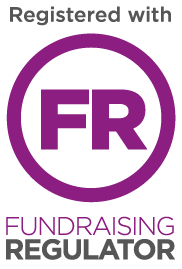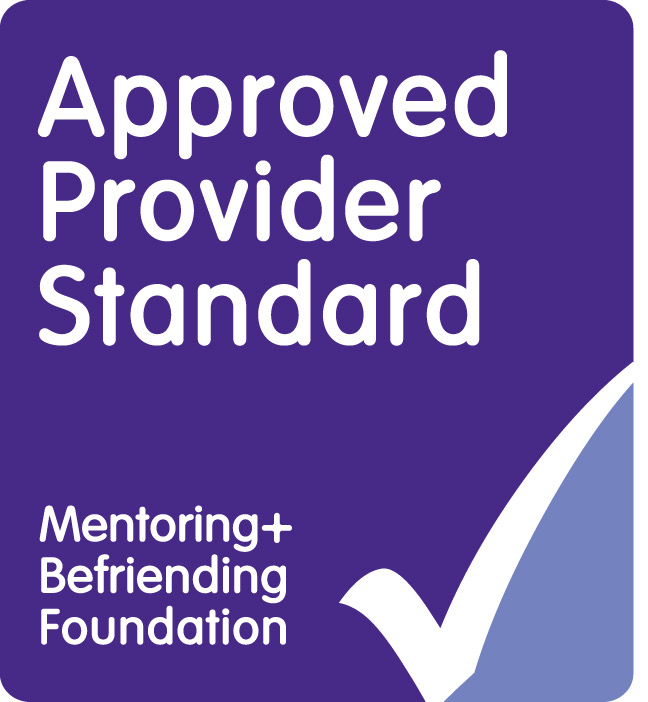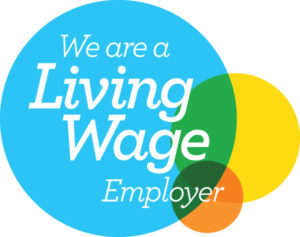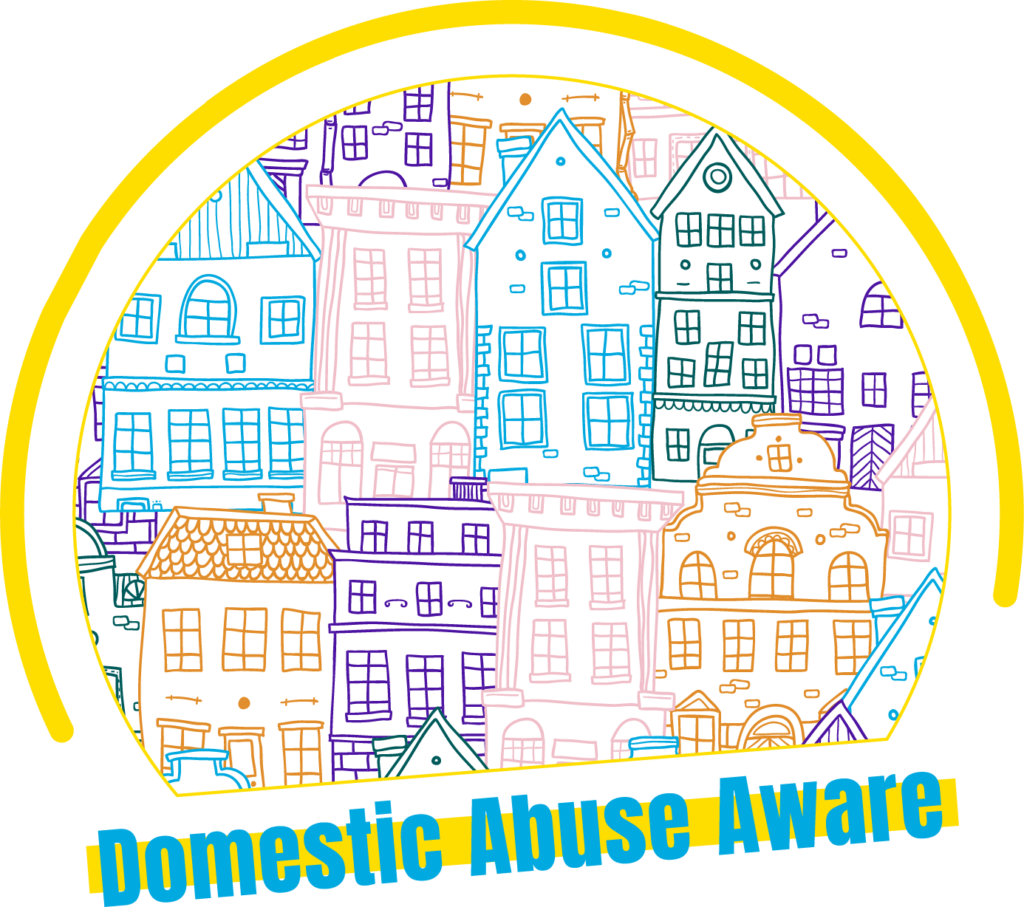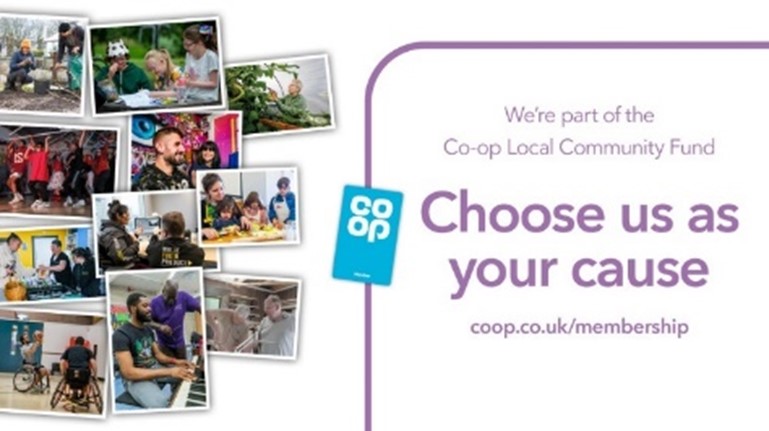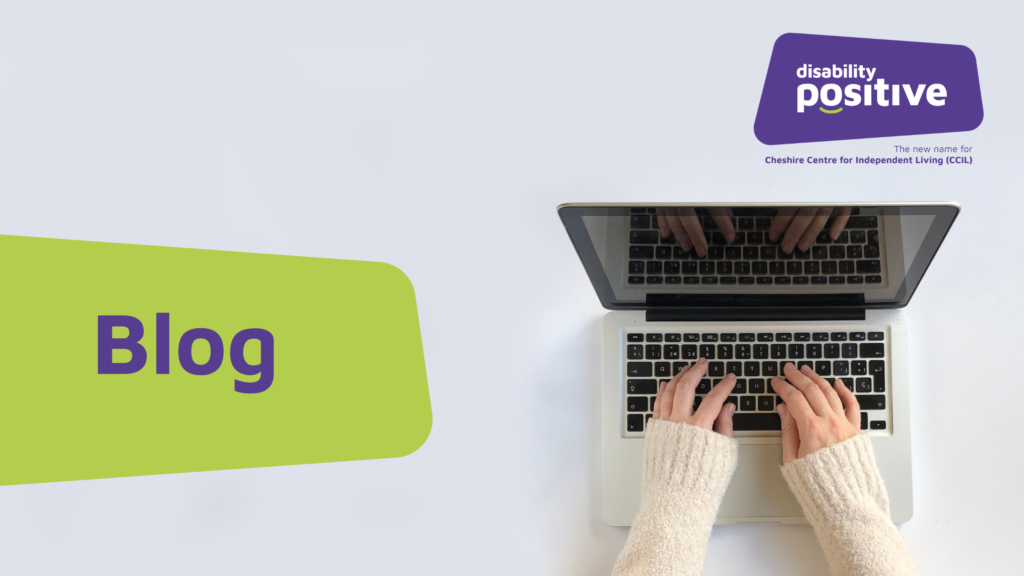
The social model of disability – what is it?
By Jessica Tait, Policy and Communications Manager
As we reach the end of Disability History Month, there is one part of disability history that I think has been more important than any other, and that’s the social model of disability.
At Disability Positive we often talk about the social model of disability. We say it underpins everything we do, and we explain why on our website. But what is it? Where did it come from?
The social model began life with the disability rights movement in the 1970s, led by people with lived experience of disability and long term conditions who were frustrated by the way disability was seen. They felt that the world saw disability as a medical problem that needed to be solved – the ‘medical model’. Disability was considered, a ‘personal tragedy’, a problem with the person and something that needed to be treated or fixed, otherwise they would not be able to have full access to society and life.
The social model came from fighting back against this view and argues something quite different. It suggests that it is society that disables us, not our physical condition. We are disabled by the way things are done in the world, because they have been designed by non-disabled people.
As explained by Simon Brisenden in 1986, ‘We are disabled by buildings not designed to admit us…the disablement lies in the construction of society, not in the condition of the individual.’
So, the social model would say that a wheelchair user is disabled not because they use a wheelchair, but because a building doesn’t have step free access, or someone who is deaf is disabled not because they cannot hear but because people around them cannot use British Sign Language.
How do we apply the social model to everyday life then? I would say the social model helps us to encourage access to society for everyone by taking away barriers, focusing on what people can do and not what they cannot, and saying no to the medical model.
The social model also supports the fight for equality and for disabled people to have their say in issues that affect them. You might have seen the phrase ‘nothing about us without us’, which came about because of the social model.
It helps us to think creatively, how someone can access an event, an activity, or a meeting, rather than just assuming that they can’t because of their condition.
The social model is a really important part of disability history, and I think it’s a great starting point for changing the way people think about disability, and that’s why it’s part of everything we do at Disability Positive.

